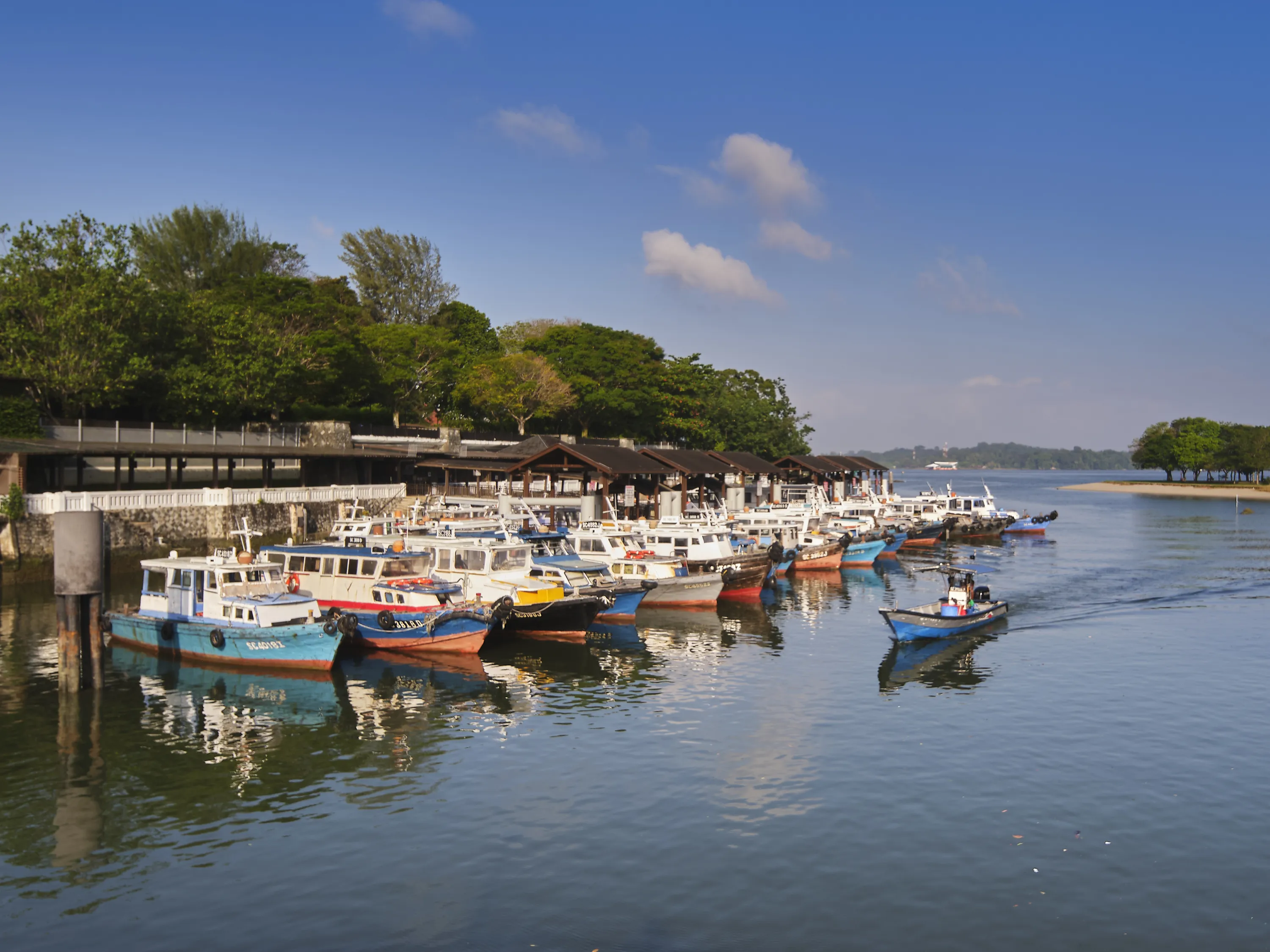Among the numerous districts in Singapore boasting rich histories, Changi indisputably makes the list and stands out as one of the places with the deepest roots. While known today for its seaside charm, yummy food hideouts, and the award winning Changi Airport, this locale harbours a wealth of historical narratives often overlooked by many.

The newly-launched Changi Heritage Trail by National Heritage Board (NHB) will explore just that. Casting a fresh perspective on the Changi district, this journey unveils its cultural, social, economic, and military heritage from hundreds of years ago.

Uncover the district’s story through 23 heritage sites and six heritage trail markers where trail-goers will get to explore iconic landmarks and listen to stories from the community – from the hardships endured by prisoners of war during the Japanese Occupation, to the cultures of the kampongs in the area. Read on to discover some facts that you’ll get to learn more about on this Changi Heritage Trail.
1. Maritime activities shaped the economy, society and cultures of Changi’s kampongs.

Ayer Gemuroh, Mata Ikan and Beting Kusah are some of the kampongs that existed in Changi.

Fishing served as the people’s primary means of sustenance, alongside berkarang (coastal foraging) and the production of kapur (lime-based whitewash). Fishermen of the Changi coast generally headed out to sea after dusk, and their return in the mornings brought the villages to life.
2. Changi was referred to as ‘Singapore's Lido’ during the colonial period.

Changi has been a well loved destination since the colonial period with its calm beaches and cool sea breeze. The name ‘Singapore’s Lido’ was then given to it after drawing comparisons to the renowned Lido di Venezia in Italy. The popularity of Changi also went beyond the locals – European visitors saw Changi as a resort for colonial society too. A diary entry from 1960 by a European visitor reads: “Changhee is a sort of Singapore Brighton — a place where everyone goes to for a picnic. It only consists of a few small fishermen’s huts, a government traveller’s bungalow, and another bungalow a little higher up belonging to a Joint Hock Company.”
3. Changi was chosen to house troops and guns that would protect the United Kingdom’s naval base.

After the 1920s, Sembawang became the location for the United Kingdom’s new naval base and Changi was chosen as a site for a cantonment (military quarters) and artillery emplacements to house troops and guns that would protect the naval base. This was attributed to its strategic positioning along the eastern approach to the Johor Strait, coupled with its distance from the city centre and major residential areas.

And this is just the tip of the iceberg – there’s way more to discover on the trail. Before setting off, don’t forget to download the Changi Heritage Trail’s companion guide and map for easy navigation. For those that prefer printed versions, you’ll be able to find limited copies at the Siglap Community Club, Changi Chapel and Museum, and Asian Civilisations Museum. The map will also be available in all four languages from June 2024.
MORE TRAILS
Rediscover the neighbourhood of Ang Mo Kio through this renewed heritage trail
The coolest heritage trails you've never heard of in Singapore

